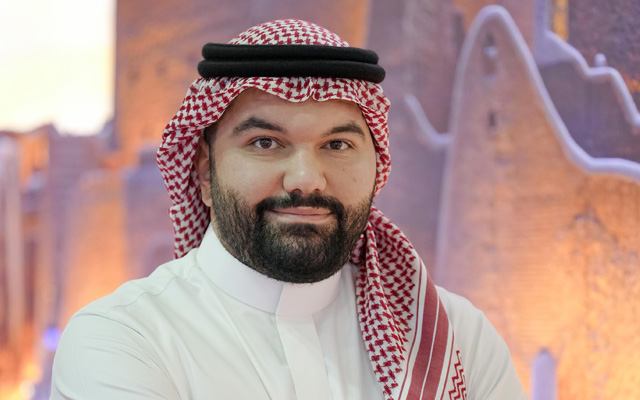The Diriyah Company, responsible for developing the Diriyah project, is targeting key Asia-Pacific markets including China, Australia, Singapore, Japan, South Korea and India as it aims to attract approximately 50 million visitors annually by 2030.
“Apart from participating in trade shows like ILTM Asia Pacific, ITB China, SATTE and Tourism Expo Japan, we are organising regular webinars educating travel experts and advising them how to book our offerings. We are also engaging in media promotions trying to generate demand,” said Naif Awlia, director of tourism and engagement at Diriyah Company, speaking to TTG Asia.

The Diriyah project covers an area of 14km² and follows Najdi architectural principles, with an estimated budget of US$63.2 billion. The development includes mixed-use facilities, hotels, retail, an opera house, and residential units.
“The great thing is that we have opened multiple assets. Last year we opened Bab Samhan – a Luxury Collection hotel with 130 keys besides Diriyah Arts Futures which is part of nine museums that are opening within the development itself. The Zallal project, one of the most significant mixed-use developments, was also inaugurated recently this year,” he shared.
When completed before Expo 2030 Riyadh, the Diriyah project will include approximately 40 hotels with more than 6,000 keys, representing brands such as Anantara, Aman, Capella, Chedi, Raffles, Four Seasons and Six Senses.
Visitor numbers to Diriyah exceeded three million by the end of 2024. “This is a combination of domestic, regional and international visitors, where we have seen that a majority, around 80 per cent, is coming from the domestic and regional markets,” said Awlia.
Diriyah Company is working to attract a range of tourist segments from the Asia-Pacific region. He added: “We are open to all kinds of travellers as we always say that Diriyah is at the heart of the Saudi trip as the destination is the heart of our culture. It is the ancestral home of the royal family who established the first kingdom of Saudi Arabia. This is where you will understand the Najdi architecture and our hospitality.”











